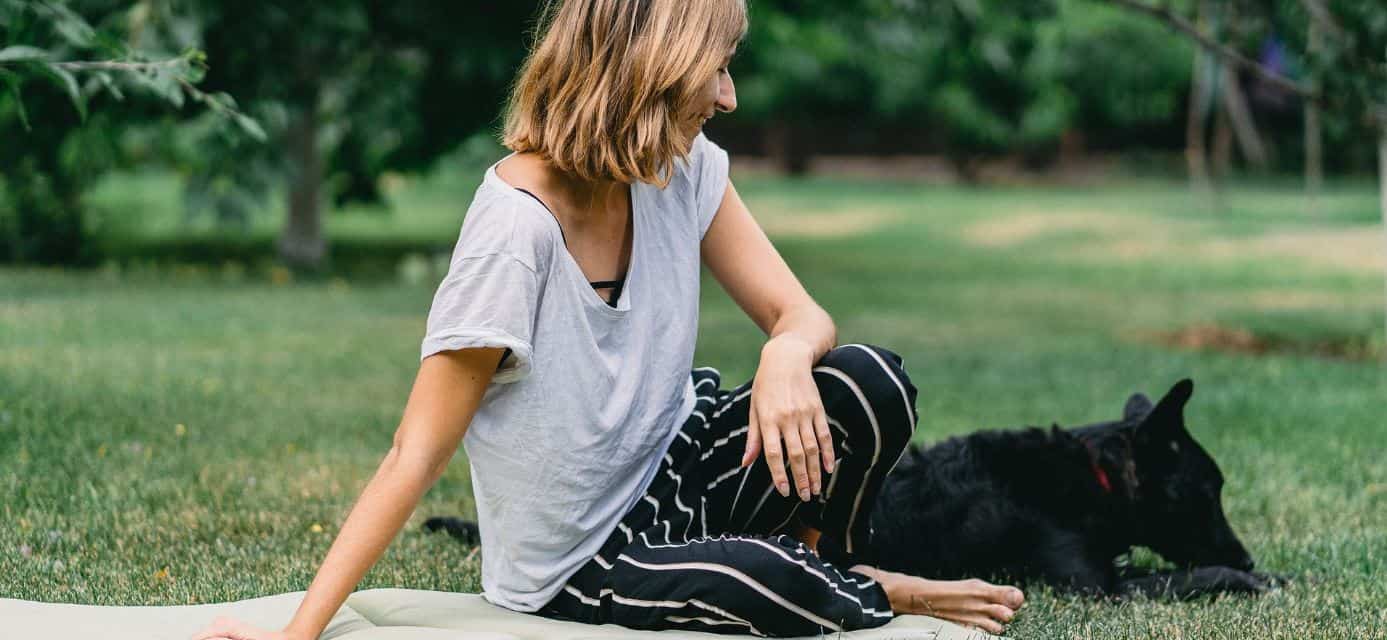When it comes to house training a dog, there are some key factors to keep in mind. It’s about maintaining a long-lasting and loving relationship with your pet. But you also want to make sure they don’t potty all over the house. The average puppy may take 4-6 months to become fully trained. Some may even take up to a year. Let’s dive into some tips on how to potty train a dog.
Crates vs. Paper Training
There are two good options as far as helping a puppy learn to eliminate. Crates are a pretty solid option. First of all, they help dogs adapt from early on. It’s a space they may come back to when traveling or going to the vet. Make sure the crate size is big enough for your dog to stand up and move around, but not too much for it to make one of its corners a potty space.
Since dogs are clean animals, they’ll do their best to keep their space clean. All you have to do is pay attention to the signs. Whenever they start to bark, circle, whine, or scratch around, that means it’s time to go potty. The best option is to take them outside right away. Potty training puppies to eliminate outdoors early on is ideal for a long-lasting friendship.
Paper training or puppy pads are also an option to consider, especially if your puppy is still young when winter comes around. A puppy pad gives them an indoor space to relieve themselves in a warm and safe environment. The big difference with using a crate is that paper training can be confusing for young dogs. Having an indoor and outdoor potty space may be a hard concept to grasp. As the pup grows older, it’s better to make going outside the only option.
Accidents and Celebrations
House training a dog is no easy task. It takes a while for a puppy to learn a new habit. There are moments of frustration that can often make you angry and want to scold your pet. But that’s not the best idea. If each time they have an accident, you punish them, they’ll only learn to fear you. Avoid this scenario at all costs.
All you should worry about is cleaning up the dog’s mess well. If any scent stays inside the house, it may trigger and confuse the puppy into eliminating indoors in the future. What you can do if it looks like they need to “let out”, is take them outside immediately. The more they do it outdoors, the faster they’ll learn to hold it in when inside.
On the other hand, every time your dog does things correctly, make a big celebration out of it. Clap, yell, and cheer. Give them a special treat or go for a walk to the park together. Praising your puppy will strengthen the learning process and your relationship with them. Always go for positive reinforcement when potty training a dog.
When to Take Them Out
Even though dogs can give you signs that they need to potty, you should take them out as often as possible. The more you do this, the more they familiarize themselves with eliminating outdoors. Here are some ideal moments that will help you potty train your dog:
- Early in the morning: after a long night of no potty activity, make sure you take your pup out first thing in the morning. Do this even more so if you’re leaving the house.
- Last moments before bed: make sure your dog has a moment to eliminate before you go off to sleep for several hours.
- After playing for a while: dogs get pretty distracted when chewing a toy or bone. Make sure to take them out after the fun.
- After a while inside a crate: your puppy may spend a significant amount of time in a crate. Pay attention to any signs of discomfort. It’s a way of telling you it needs to go to the potty.
- Before or after a nap: another instance where a significant amount of time can go by. When a puppy wakes up after a dozing off, make sure to take it out.
- After every meal or drinking water: we all know what food and liquid can make us do. It’s crucial to let dogs outside a while after eating or drinking lots of water.
No one wants to take their dog out this many times per day. But the quicker a puppy learns, the less you’ll have to deal with any indoor accidents. Not to mention, taking dogs out to potty often is ideal for digestion and overall well-being.
Consistency and Patience
In the end, learning how to potty train a dog isn’t all that hard. It’s important to take into account that not all dogs are the same. Things can change depending on different breeds and sizes. But if you’re consistent with these tasks and patient with your pet, you’ll get the results you want. Puppies are great learners, as long as they have a good teacher!
Make sure to follow Prudent Pet’s Instagram for daily posts and fun pet facts. Don’t miss out on the exclusive content!







